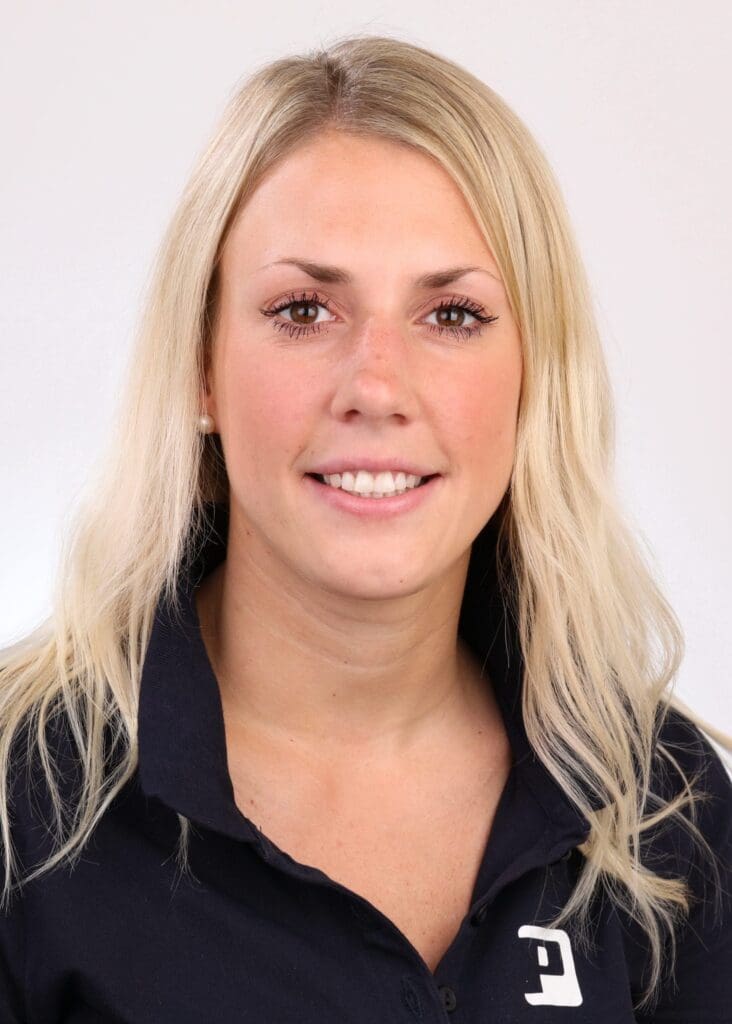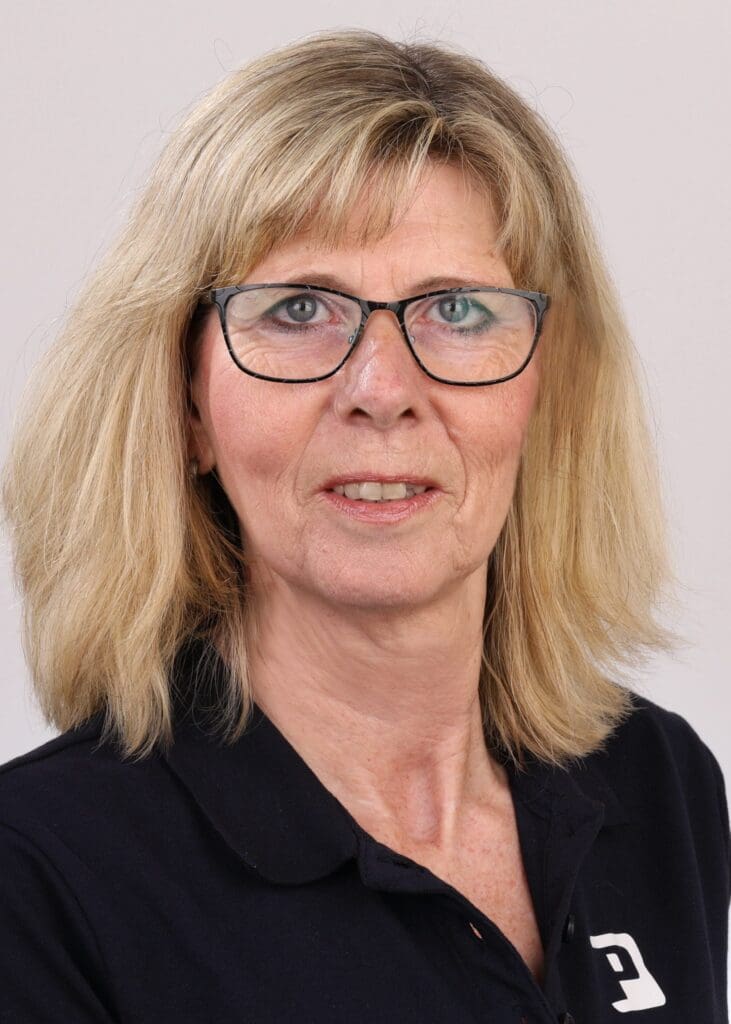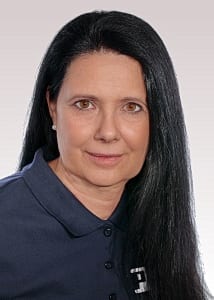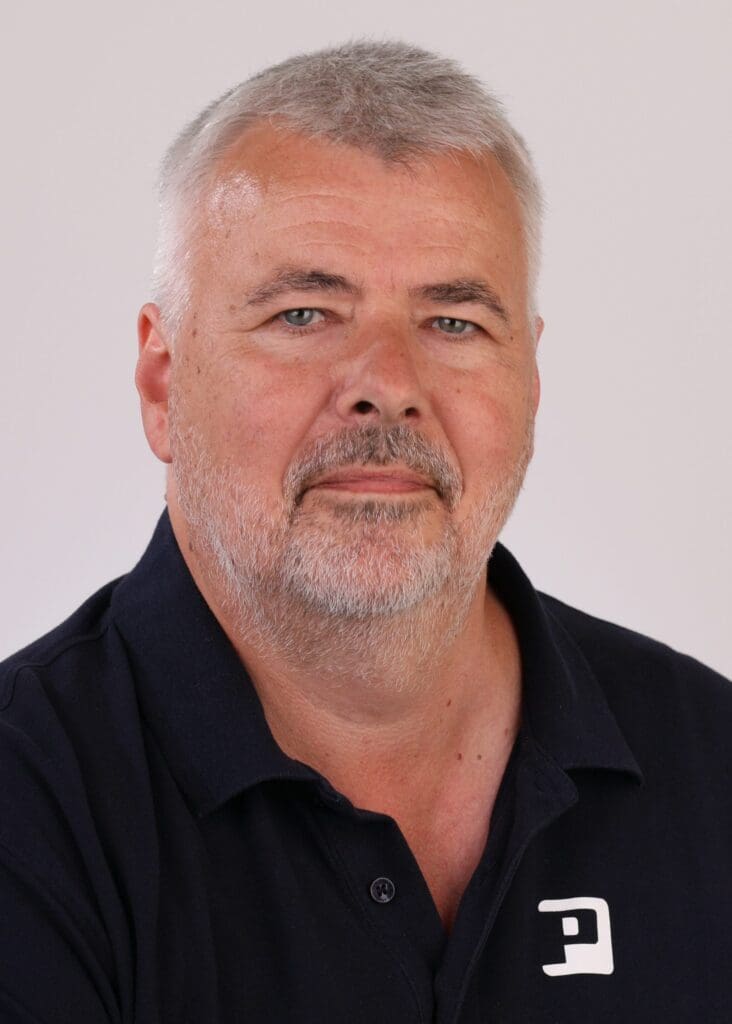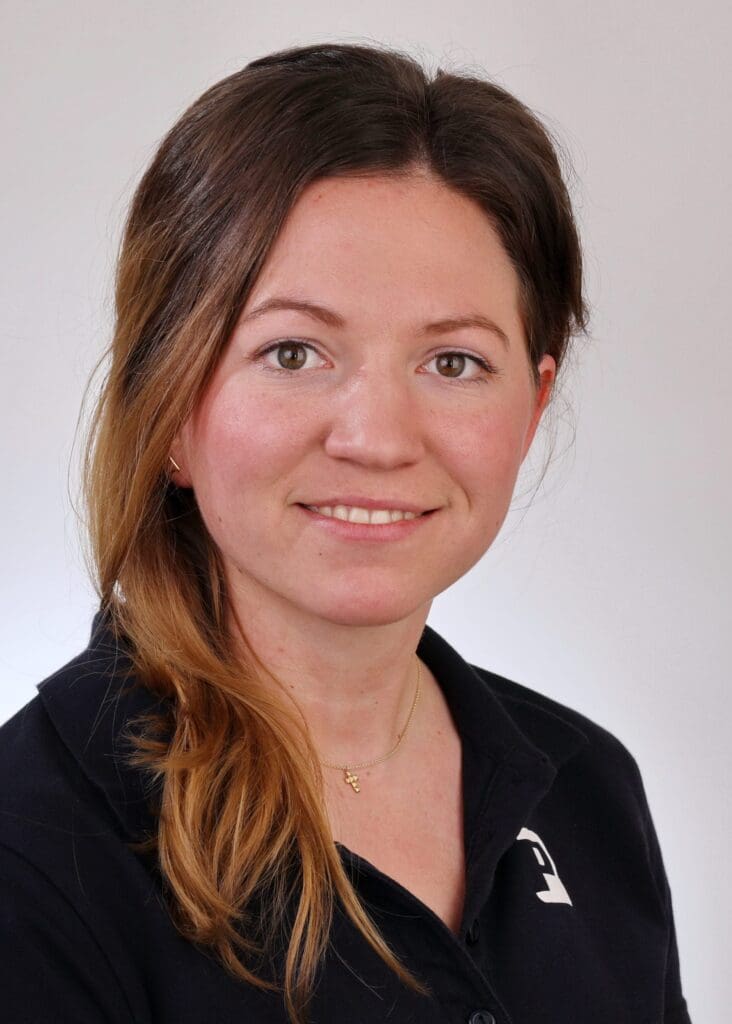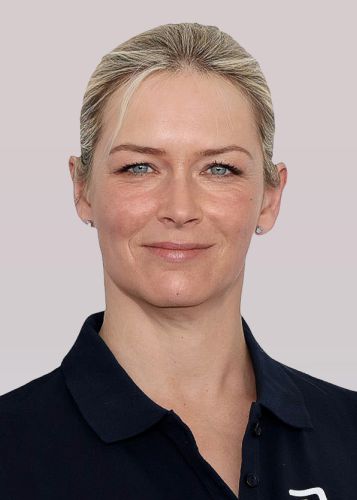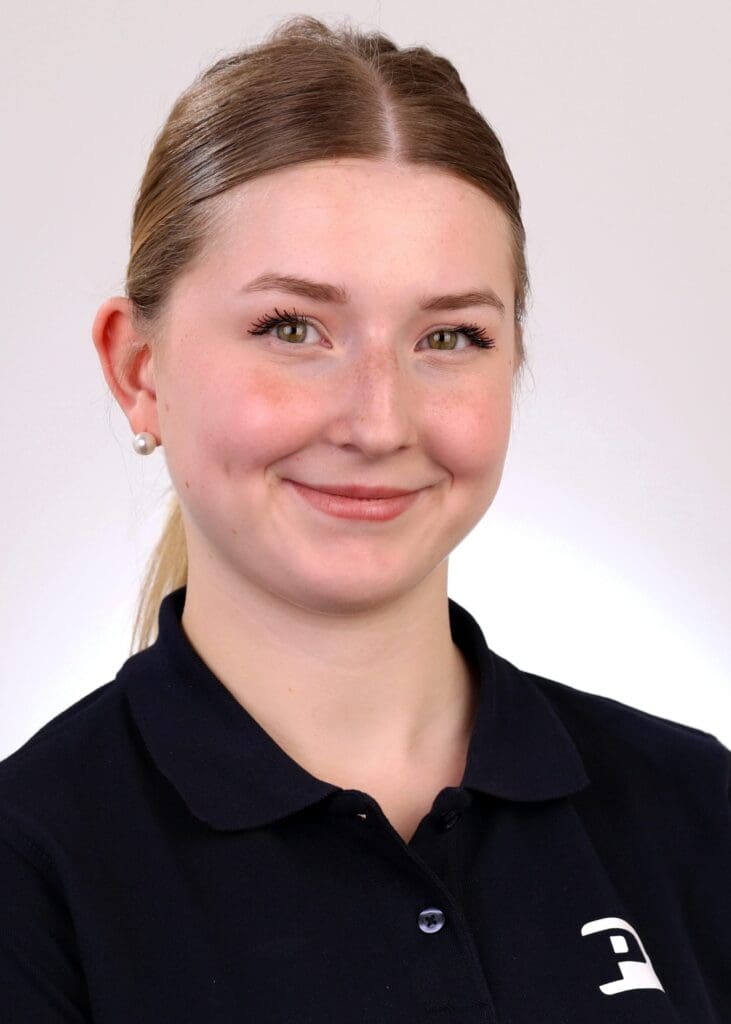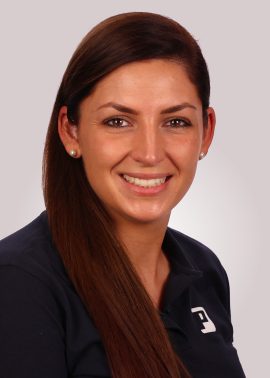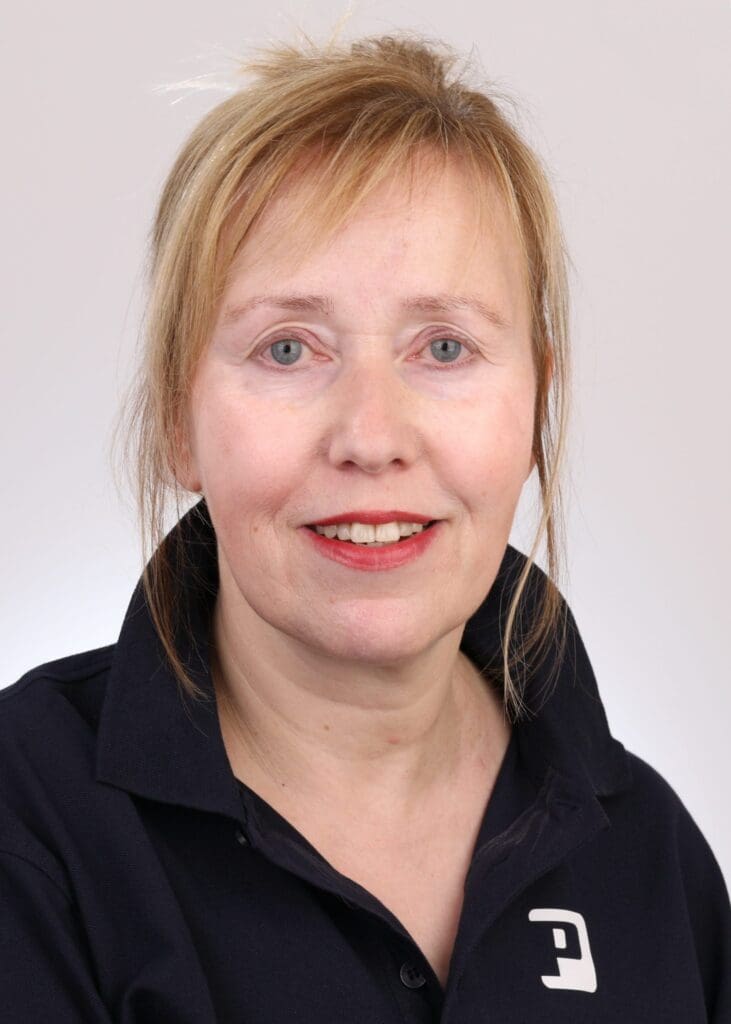The new Pipersberg IoTree solution
Digitization in the meter industry
Digitalization in the metering industry has picked up speed quickly in recent years, and communicating meters are now an integral part of the meter fleet at utilities, regardless of the type of energy.
In the field of communication, the LoRaWAN communication standard in particular is attracting a great deal of attention, as the large number of available sensors means that far more applications can be realized than just “smart metering”.
Pipersberg picks up right here and offers a solution that connects both LoRaWAN endpoints and wMBus endpoints in a common IoT platform.
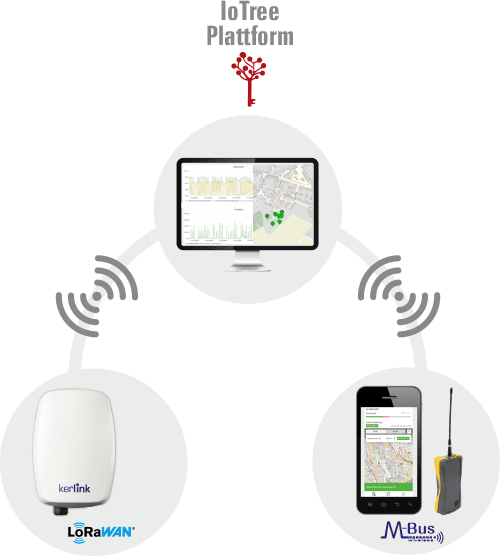

PIP meter mobile - Mobile readout
- Detection via walk-by or drive-by
- Readout compatible with existing wMBus meters, manufacturer-independent

IoTree LoRaWAN - Starter Package
- Starter package for rolling out a LoRaWAN network
- Incl. Gateway and workshop
- Term 6 months without further contract commitment

IoTree LoRaWAN - Runtime package
- Configurable range of functions according to customer requirements
- Future-proof platform
- Modular principle
- Needs-based solution, scaled according to number of endpoints and functionality used

IoTree - Mobile data & LoRaWAN
- Future-proof multi-platform solution
- Multi-client capable: Several clients can work simultaneously
- Extensive, constantly evolving list of sensors

The new Pipersberg PIP meter mobile Android APP
Rotary piston gas meter for extremely accurate measurements.
In addition to the LoRaWAN IoTree platform, Pipersberg offers an Android-based mobile readout app with which you can record your meter data via walk-by or drive-by. It does not matter which medium you want to record.
Wireless M-Bus compliant (in accordance with EN13757) meters from a wide range of manufacturers and sectors can be read quickly and easily with our app, even without direct access to the meter.
The special feature of our solution is the use of the IoTree platform as a “backend” solution, on which all meter data received via LoRaWAN is also received. Parallel operation of wMBus and LoRaWAN or a later upgrade to a LoRaWAN readout is therefore possible without any problems.
The highlight: all this happens in the IoTree platform and you only have one central system that manages and processes the data.
The days when you had to work with different systems and programs for each reading method or meter division are a thing of the past thanks to Pipersberg.
Cross-divisional
Unique solution: compatibility
Communication technology in the field of automated meter reading has changed and developed fundamentally over the last 10 years. In the past, the systems of the various manufacturers were usually only compatible with their own meters or the radio communication used was proprietary and you were tied to a readout system.
With the advent of the wireless M-Bus standard or, more recently, LoRaWAN communication, for which almost all meter manufacturers now have compatible products in their portfolio, a new era of interoperable data communication has begun in the metering industry. The times when you were tied to one system or one manufacturer,
are now history.
Today, meters from a wide range of sectors and manufacturers can be used that are still compatible with the existing system.
Pipersberg offers a unique solution that is compatible with meters from a wide range of manufacturers, different media (such as gas, water, heat and electricity) and different communication interfaces (LoRaWAN, wMBus or NB-IoT).
The special feature: all data converges on a common platform, making it easier to process and pass on. The days of numerous interface adaptations to 3 systems are now a thing of the past.

Gas meter

Water meter

Heat meter

Electricity meter

Smart City
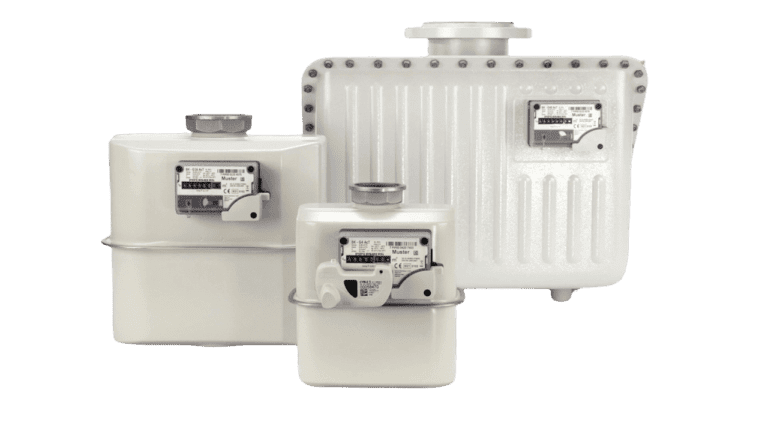
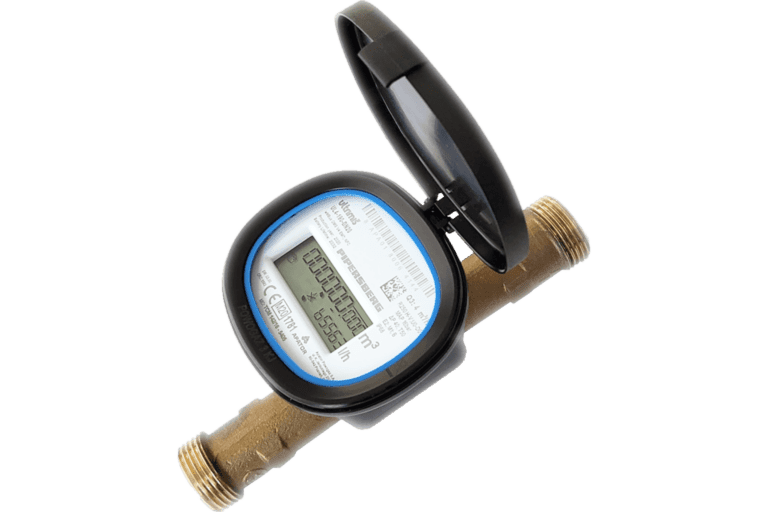
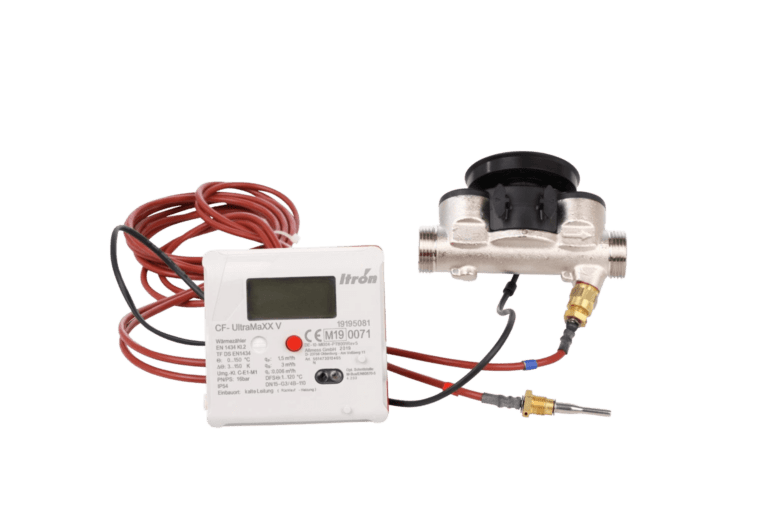
Open radio standards
Unique solution: compatibility
Today’s wireless systems for remote meter data transmission are generally divided into mobile (typically wMBus) and stationary (LPWAN, such as LoRaWAN) use cases.
With mobile applications, the data is collected by means of a radio receiver, which is connected to a cell phone or tablet via Bluetooth, in a drive-by mode. The data is then transferred to the backend system via the mobile network or WLAN. This reading is particularly suitable for meter data that is required monthly or even less frequently.
For stationary reading, several gateways are usually installed, which periodically collect the data from the meters and send it directly to the backend system via an integrated SIM card.
The permanently installed network means that more frequent data (such as hourly or 15-minute values) can be recorded here. Alarms or warning messages can also be transmitted virtually in real time and provide immediate information if a status deviates from the norm.
Both systems use the SRD band on 868 MHz, which is license-free in Germany. Devices approved by the manufacturer may be installed and operated by anyone. The transmission time (duty cycle) and the maximum transmission power (max. 25 mW) must be observed in accordance with the applicable specifications.
By the way: a conventional cordless telephone has a transmission power of max. 250 mW and a cell phone even up to 2 W (2,000 mW).
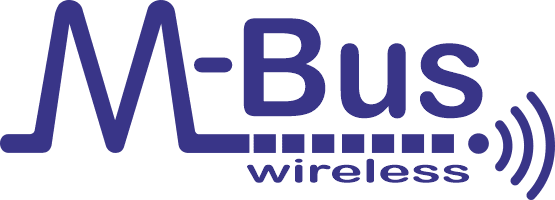

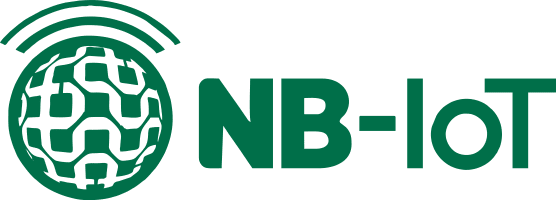
Your technological advantages
- Expansion of the IoTree platform as a central meter reading system
- Simple and cost-effective introduction of remote meter reading
- Expansion of readable measuring devices >>100%
- Pipersberg dynamism meets IoT expertise
- Continuous expansion of compatible measuring devices acc. Pipersberg portfolio
- Fast response to changing market requirements
Your added value
- App for mobile readout
- Modular system: ideal for small to large suppliers
- IoT logistics: addition to service portfolio, key management, provisioning, interfaces …
- Solution for sub-metering and heat (HeizkostenV)
Legislation EED & Heating Cost Ordinance
Transposition of the EED (EU Energy Efficiency Directive) into national law
The implementation of the EED has now also been transposed into national law in Germany through the revised Heating Costs Ordinance (HKVO; with the approval of the Bundestag in November 2021). The objective is to reduce energy consumption in the EU by 32.5 % by 2039 compared to 2007.
To this end, only remotely readable meters should be installed for new installations of heat meters and heat cost allocators (if the technical feasibility is in reasonable proportion to the expected energy savings).
From 2022, tenants must also be provided with a monthly overview of their consumption values and from 2027, remotely readable meters must be installed or meters that have already been installed must be retrofitted accordingly.
The Pipersberg meter portfolio supports you here with suitable products and the appropriate readout system. Our IoTree platform can read meters equipped with wireless M-Bus or LoRaWAN communication across all sectors and manufacturers. In addition, our heat metering solution offers an efficient module for network optimization that allows you to reduce costs and CO2 emissions.



